Talk Overview
This lecture surveys a variety of recent methods that achieve higher resolution than is possible with conventional microscopy with diffraction-limited optics. These include different types of patterned illumination (e.g. STED and SIM microscopy) or techniques that build up an image by stochastically switching on single fluorescent molecules and localizing each molecule with high spatial precision (STORM, PALM, FPALM).
Questions
- What is the precision at which one could localize the position of single fluorescent dye molecule if 10,000 photons are collected and the width of the diffraction limited spots is 250 nm?
- Match the following descriptions to the indicated super-resolution technique
- STED/RESOLFT
- SIM (structured illumination microscopy)
- PALM/F-PALM
- STORM
i. Uses a sinusoidal illumination pattern to enhance high resolution information from the specimen by 2-3-fold
ii. High precision localization of well separated single, photoactivatable GFP molecules, which through iterations of photoactivation can build up an image.
iii. Uses a second donut shaped illumination beam to deplete fluorescence and reduce the point spread function.
iv. High precision localization of photoswitchable organic fluorophores which can be activated/deactived by light.
- STORM/PALM or SIM: which technique typically has faster temporal resolution?
- STORM/PALM or SIM: which technique typically has better spatial resolution?
Answers
View AnswersSpeaker Bio
Xiaowei Zhuang
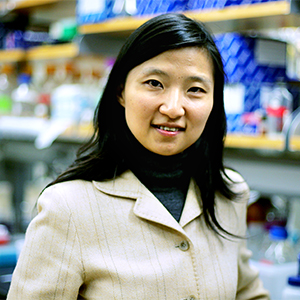
Xiaowei Zhuang is Professor of Chemistry and Chemical Biology, and Professor of Physics at Harvard University and a Howard Hughes Medical Institute Investigator. She received her B.S. in physics from University of Science and Technology of China and her Ph.D. in physics from the University of California, Berkeley. As a post-doctoral fellow with Steven Chu… Continue Reading
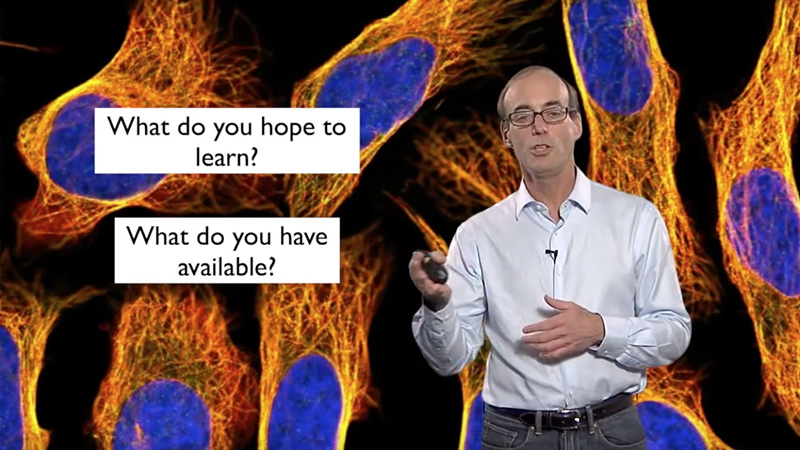
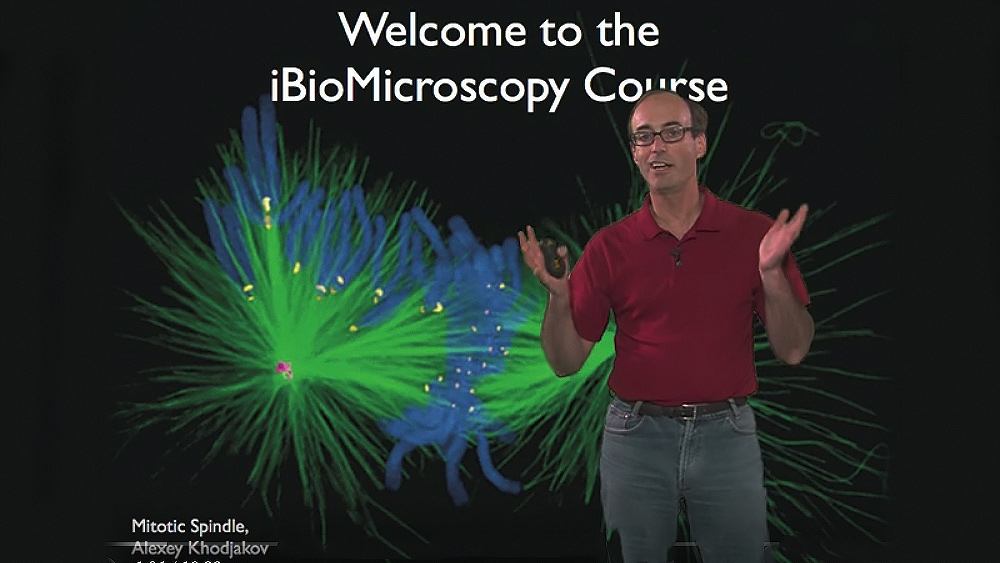
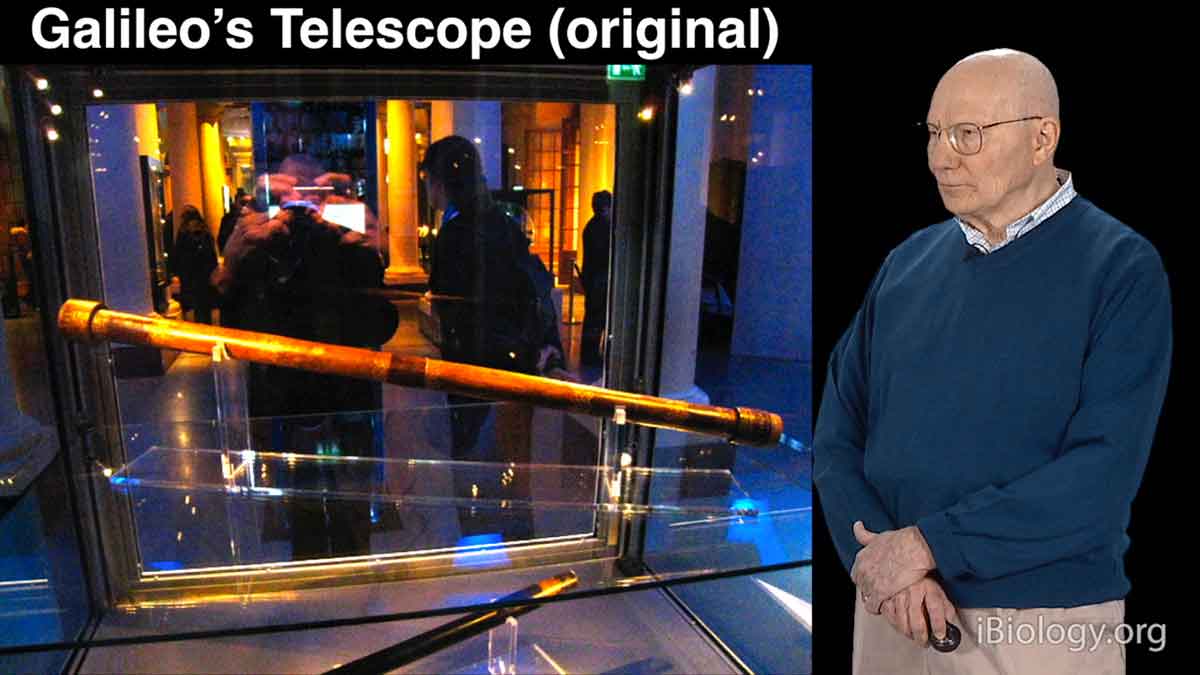
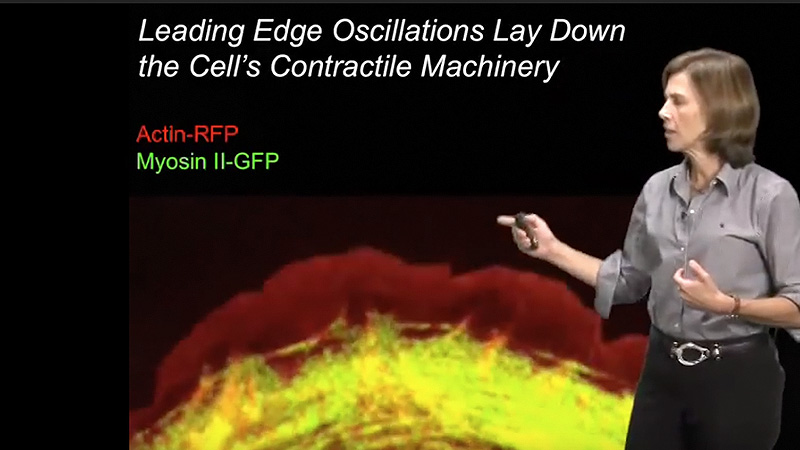





Leave a Reply